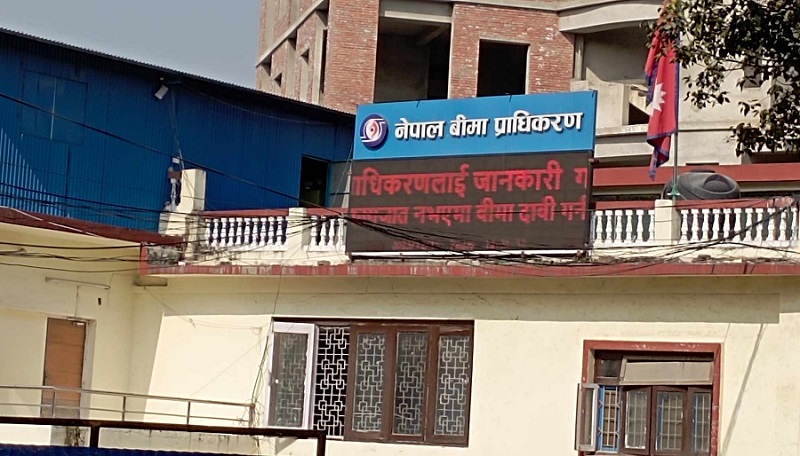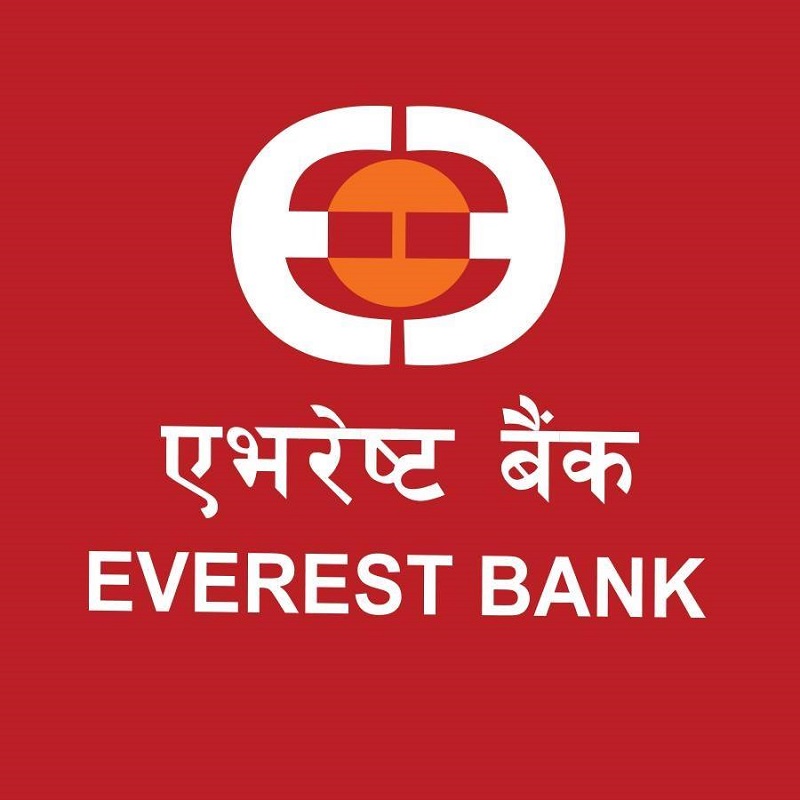New Health Insurance Procedure Simplifies Enrollment for Nepal’s Ultra-Poor
Health Insurance Nepal Ultra-Poor
21st August 2025, Kathmandu
In a major move to ensure equitable access to healthcare, the Health Insurance Board (HIB) has approved a new and streamlined procedure for enrolling ultra-poor families in the national health insurance program.
Health Insurance Nepal Ultra-Poor
This initiative, which aims to provide financial protection and quality medical care to Nepal’s most vulnerable citizens, marks a significant step towards achieving universal health coverage. The new framework comes into effect following the formal approval of the “Procedure for Enrolling Ultra-Poor Households in the Health Insurance Program, 2082 (2025)” by a recent board meeting.
The initiative was officially launched on Wednesday by Minister for Health and Population Pradeep Paudel, who approved the “Directive for Operating the Poor Citizens’ Medical Treatment Program, 2082 (First Amendment).” This new procedure has been carefully formulated under Section 41 of the Health Insurance Act, 2074 (2017), a legal framework designed to establish a robust and comprehensive health insurance system across the country.
According to Bikesh Malla, spokesperson for the Health Insurance Board, the primary goal of this new procedure is to make the process of bringing identified ultra-poor households under the health insurance program simpler, more systematic, and less bureaucratic.
The previous methods often involved complex documentation and multiple verification steps, creating barriers that prevented many deserving families from enrolling. The new procedure is a direct response to these challenges, designed to facilitate a smoother transition for those who need health security the most.
Automatic Enrollment for Identified Households
The cornerstone of this new procedure is the automatic enrollment of families who have been officially identified as “ultra-poor.” This identification is based on the Poverty Identification Card (State Facility Card) issued by the Ministry of Land Management, Cooperatives, and Poverty Alleviation.
By linking the health insurance program directly to this official poverty data, the government can proactively reach out to and enroll the most impoverished households, eliminating the need for them to navigate a confusing application process on their own. Each identified ultra-poor family will be considered a single unit under the health insurance scheme, ensuring that all members receive the benefits.
This systematic approach is expected to significantly increase enrollment rates among the ultra-poor, who often lack the resources, information, and means to enroll voluntarily. It moves the program from a reactive, voluntary model to a proactive, state-led system for this specific demographic.
Required Documents: A Simple and Clear Checklist
To enroll under this new procedure, the required documents are simple and easy for most households to obtain. This simplicity is intentional, aimed at reducing the burden on applicants. The local-level health insurance coordination committee and registration officers will be responsible for assisting families with the enrollment process.
The list of necessary documents is as follows:
- Poverty Identification Card (State Facility Card): This is the most crucial document, serving as the official proof of a family’s ultra-poor status as designated by the government.
- Nepali Citizenship Certificate or National Identity Card: This is required for all adult members of the family to verify their citizenship.
- Child Identity Card: For all minors (under the age of 16) within the family, this document is essential for their enrollment.
By requiring only these key documents, the Health Insurance Board is effectively removing common administrative hurdles. The focus is now on collaboration between the central government’s poverty data and the local-level health administration, creating a seamless and efficient pathway to health security.
This new procedure reflects the government’s deepening commitment to social protection and a belief that access to quality healthcare should not be determined by one’s economic status.
As Nepal strives to achieve universal health coverage, these targeted and simplified initiatives are vital, ensuring that no family is left behind due to the inability to pay or navigate a complex system. It is a powerful example of technology and policy working in tandem to build a healthier and more equitable society.
For more: Health Insurance Nepal Ultra-Poor








